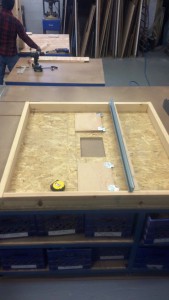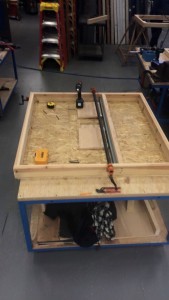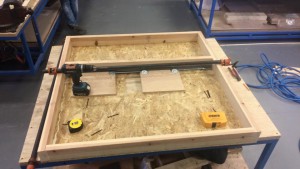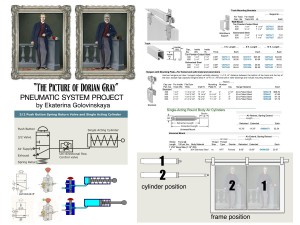For my “Machine Research Project” I decided to discuss the homemade wooden rolling ball clock. In my research I found a few that interested me, however, the Turnvater Janosch pendulum version intrigued me the most, because of its design and accuracy. I will be discussing the Janosch version specifically within this assignment.
The wooden rolling ball clock is completely mechanical and requires no software, or electronics. The idea is to be able to tell time via a strategic chain reaction of events, similar to a Rube Goldberg machine, involving wood, plastic gears, small steel balls and a pendulum. The body of the clock is made of wood, with pathways for the marble balls to travel on built out of steel wire. The clock runs for 12 hours and is only off by 1 second within that entire time. The clock has 3 levels of wooden traps, which denote time and hold the steel balls. The clock is set to work in 1 minute, 5 minute and 1 hour increments. Each minute that passes, a steel ball is lifted up from the base of the clock and sent down one of the steel wire pathways to its corresponding time trap. When specific time increments are reached, such as 3:00 or 8:45 for instance, the steel balls are released from the traps and sent back to the base, where the process repeats all over again. The clock is weighted by a 5 lb flat iron and driven by a pendulum, which swings in 1 second intervals.
I thought this machine was really cool because of how accurate it was in telling time and how much thought and logic had to be involved to create it. I liked the design aesthetics of this machine and could easily display this machine in my home. I am also wondering how I could possibly one day build one myself. Below is a link to the wooden rolling ball clock discussed in my assignment: https://www.youtube.com/watch?v=UHBHCsrqYMw Below is a link to a similar clock: http://www.lisaboyer.com/Claytonsite/celebrationpage1.htm












